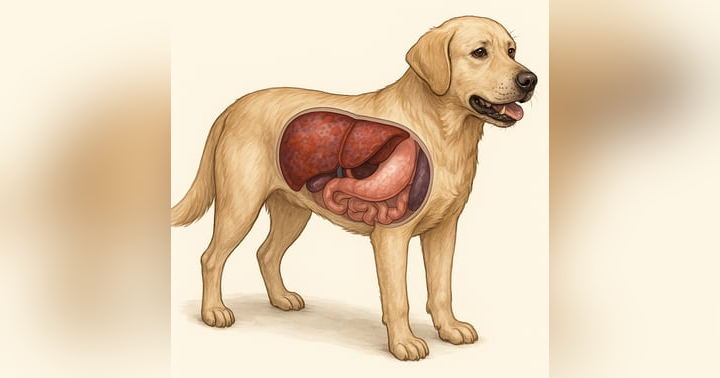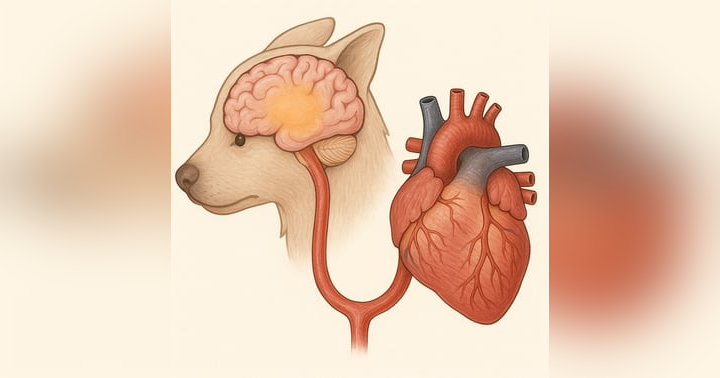Your "Asthma" Cat That Won't Get Better

From episode 181 on the medicine stream. With Dr Belinda Hopper.
You know how every once in a while you’ll get an ‘asthma cat’ that just doesn’t respond to treatment? Like Dr Hopper puts it:
…”they're still coughing, they're still wheezing, they’re on high-dose glucocorticoids, and it's just not going anywhere...”
Here’s the good news: it’s probably not your fault. What Dr Belinda talked about in this episode is an emerging understanding that bronchiolar disease, something that is well-recognised in human medicine, is a thing in cats.
Here’s why it matters:
-
Normal asthma in cats is bronchial disease, ie, inflammation of larger airways, while bronchiolar disease involves the smaller, non-cartilaginous airways.
-
Note that the bronchioles are tiny structures, but their combined cross-sectional area in the lungs is actually greater than that of the upper airways, making them critically important. Healthy bronchioles offer minimal resistance to airflow, but because of their small size, even a slight amount of inflammation in their walls can cause significant resistance and impair lung function.
So is bronchiolar disease just more severe asthma?
-
No, it’s a different disease. But often really bad asthma in cats will start extending into the bronchioles.
What you’ll see
-
Clinically: Cats with lung disease that don’t really respond to steroids.
-
Imaging: Obstruction of bronchioles by mucus and pus can lead to nodular formations that can mimic neoplasia, ‘military’ patterns, and something called the “tree bud sign.” (Ask your radiologist.)
What it means for your patient:
-
Well it’s not good news. Mostly it means that you’re not going to fix them. But at least you can set expectations with your clients, and stop loosing sleep about why your case won’t get better.
For more clinical pearls, sign up for our free weekly Newsletter, or get all of our content on the go with our Clinical Podcasts.





